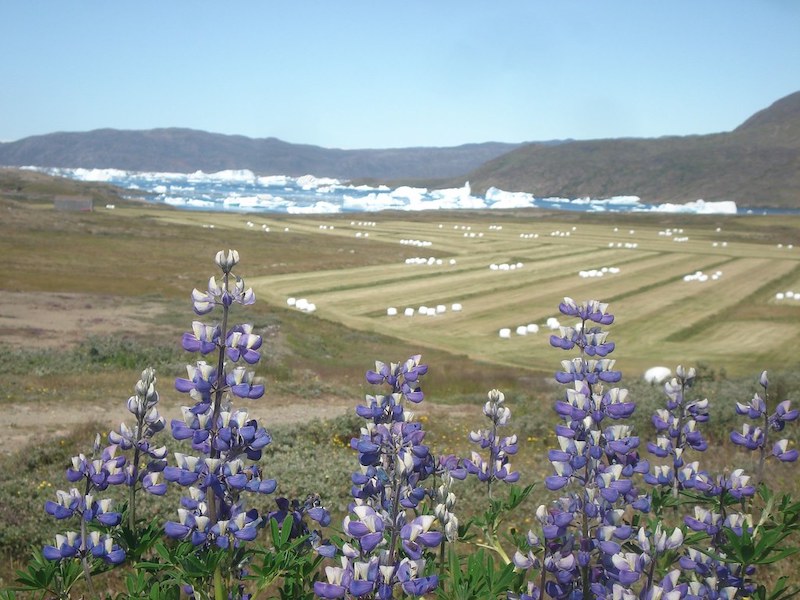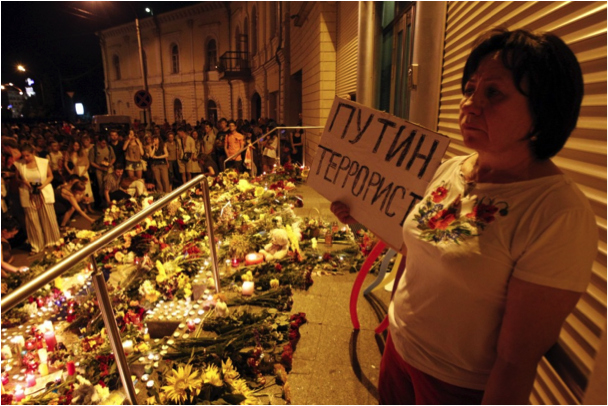Greenland, home to over 55,000 inhabitants, seldom appears in international media. Unbeknownst to many, Greenland is an autonomous territory within the Kingdom of Denmark, with its own language (Greenlandic), government (responsible for all but monetary, foreign, and domestic policy), and economy (based on tourism and fishing). Home to a majority Inuit population, it behaves in many ways as a country in all but name. Unusually, news outlets from Al Jazeera to CBC have reported on Greenland in recent months, covering a saga that combines issues of environmentalism, climate change, China, and Greenlandic independence.
Greenland held an election on April 6th, 2021, which saw Greenland’s left-wing Inuit Ataqatigiit (IA) Party win a snap election, receiving 37 percent of the vote. The IA usurped the Siumut Party, which has dominated Greenlandic politics since home rule began in 1979. The election was largely seen as a referendum on a controversial mining project, dubbed Kvanefjeld, under development by Greenland Minerals and Energy, a Sino-Australian mining company. The project, located in southern Greenland, covers an area containing up to 50% of the world’s known supply of rare earth minerals, 17 of which are used in batteries, green technology, and smartphones, for which there is increased demand. Though two large mining projects are under development in southern Greenland, the Kvanefjeld project is particularly contentious as it will involve the extraction of uranium, a radioactive mineral. The incumbent Siumut Party was markedly pro-mining, having approved the Kvanejfeld project and removing a ban on uranium mining. The IA, now expected to form a government, takes a notably environmental stance and pledged its opposition to the Kvanefjeld project specifically. Ultimately, then, Greenland faces a dilemma found across the globe: whether to prioritize environmentalism over economic development.
Yet it is not that simple. Proponents of the mine cite jobs and economic independence as the prime benefits of the mine. Greenland is heavily dependent on shrimp, which account for most of the territory’s total exports. This dependence creates high levels of unemployment, which is also linked to the depopulation of rural areas and the territory as a whole, something that the reported 350 jobs earmarked for locals at the mine could alleviate. Then there is the matter of Greenlandic independence. Polls show that independence is favoured by a majority of the population should living standards remain unchanged. At present, Denmark contributes two-thirds of Greenland’s annual budget revenue, making independence unattainable. Opening the country for mining would therefore act as a significant step towards independence, as the Kvanefjeld site is expected to earn Greenland approximately USD $240 million in revenue over its proposed 37-year lifetime. The Kvanefjeld project could thus provide badly needed economic diversification and stimulus, setting the course for a more prosperous future.
Opponents of the mine beg to differ, having two salient reasons for opposing it: the environmental damage and food security. Any mining will result in significant environmental damage to the region. Tailings dams, which hold refuse from operations, have failed numerous times in the past. Worries about radioactivity from the uranium also persist. The largest town nearest the mine, Narsaq, depends on the region’s biodiversity to attract tourist as well as to grow food. An altered landscape could therefore deter tourists and catalyze, rather than abate, depopulation and employment. Narsaq (pictured in the cover photo of this article) is also the only portion of Greenland with arable land. For a territory that depends on imports for up to 80% of its calorie intake, ensuring the growth of the domestic production, likely to increase as the warming climate opens up further arable land, is critical. Other issues, such as the social and health impact that the influx of foreign workers and capital would bring, are also equally worrisome.
Greenland is therefore in a bind. Though the current administration may delay any mining projects under development, the sheer demand for rare earth minerals and the increasing interest in supply chain divergence from China (which accounts for more than half of global output) may mean that an expansion of mining operations in Greenland is inevitable. The governments of Greenland and Denmark, mining companies, and the international community would be wise to ensure all the necessary safeguards are in place to mitigate the negative consequences associated with mining.
Photo: “Narsaq” (2008) by Ella Grødem via Flickr. Licensed under CC BY 2.0
Disclaimer: Any views or opinions expressed in articles are solely those of the authors and do not necessarily represent the views of the NATO Association of Canada.




